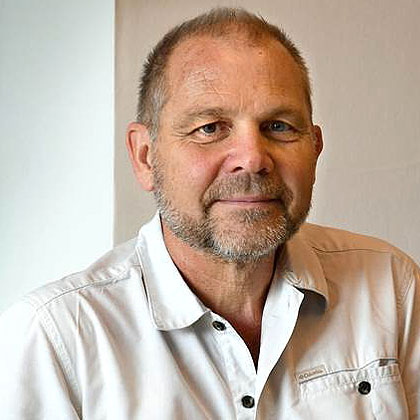Plant Science
Engineering carbon sequestration on arid lands
Degraded arid lands could be revegetated and used for long-term carbon storage.

Ecosystem engineering using desert plants and microbes planted in fertility islands has great potential for carbon sequestration on degraded arid lands, says the leader of KAUST’s Darwin21 Lab Heribert Hirt.
In recent years, a number of large reforestation projects have been launched to reclaim arid regions, but the potential of replanting arid lands for carbon capture has not been considered before, says Hirt.
Degraded arid lands cover about one-third of the Earth’s terrestrial surface and also contain about one-third of global soil carbon, most in the form of inorganic carbon as calcium carbonates. This soil inorganic carbon can form naturally when dissolved calcium carbonate crystallizes under low soil water content or when soil microbes produce carbonates via a mechanism known as the oxalate carbon pathway.
Many arid region plants (known as oxalogenic species) use this mechanism, where they store carbohydrates in the form of calcium oxalate crystals, which can be converted into water and CO2 during periods of drought.
Hirt and his team have recently shown that specialized microbes in arid soils, known as oxalotrophs, use plant-derived oxalate as an exclusive carbon source and that the mechanism is widespread in arid ecosystems, such as Saudi Arabia[1]. While the microbes use carbon for their own metabolism, they also secrete it as carbonate into the soil, which can precipitate as calcium carbonate, remaining stable for hundreds to thousands of years.
A combination of oxalogenic plants (which secrete up to one-quarter of their photosynthetically captured carbon as oxalic acid into the soil) and oxalotrophic microbes forms part of the proposed system to establish carbon sequestration on arid lands.
“We can use AI-based knowledge of the particular soil-plant-microbe system to define the optimal combination of oxalogenic plants, oxalotrophic microbes and soil type for carbonate sequestration,” says Hirt.
Thanks to their large biobank of desert microbes, they are able to screen the genomics of many strains to predict whether they are oxalotrophic. “As part of KAUST’s Native Genome Project, we have already identified some native oxalogenic plant species but this project is going to be extended now to characterizing hundreds of native plants and microbes,” says Hirt.
Fertility islands are proposed as a starting point for the recolonization of the ecosystems, and co-author Hassan Boukcim has already begun experiments in Al Ula in northwestern Saudi Arabia, planting legumes such as acacias as central species to fix nitrogen and support the growth of other desert plants.
Hirt’s group has pioneered a technique of seed coating the beneficial microbes on to the seeds of native plant species, which are first grown in nurseries before being planted in the desert sites.
The authors hope their approach could lead to significant increases in plant and soil carbon sequestration within less than 10 years.
Reference
- Hirt, H., Boukcim, H., Ducousso, M. & Saad, M.M. Engineering carbon sequestration on arid lands. Trends in Plant Science, (2023).| article
You might also like

Plant Science
Reference genomes for rice’s wild relatives may boost future crops

Bioscience
Digging into the world of plant-growth-promoting microbes

Environmental Science and Engineering
Hydrogen storage solution could lie in lakes

Bioscience
Unraveling modern bread wheat from the genes up
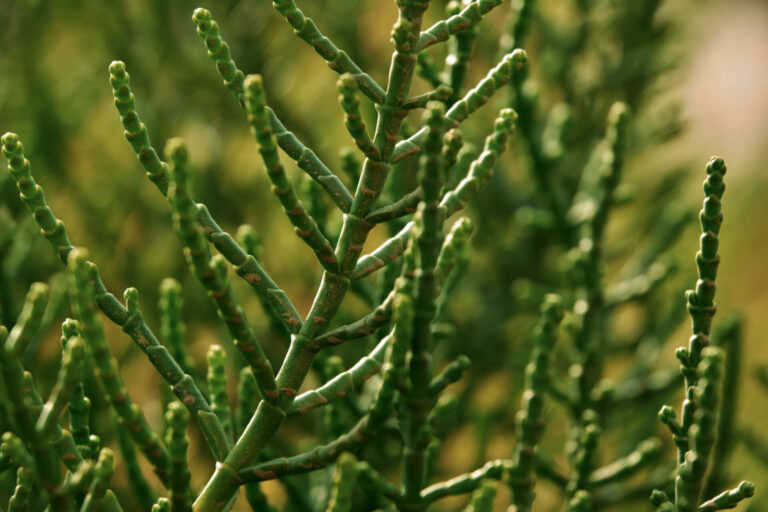
Bioscience
Why do some plants thrive in saline conditions?
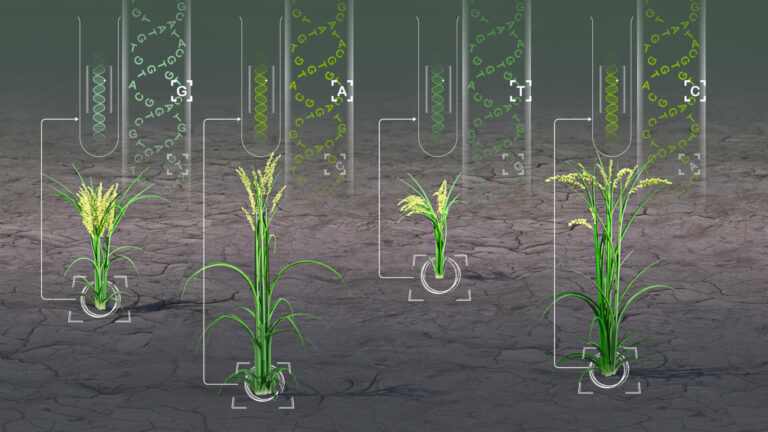
Bioengineering
Analytic tool reveals more cream of the crops
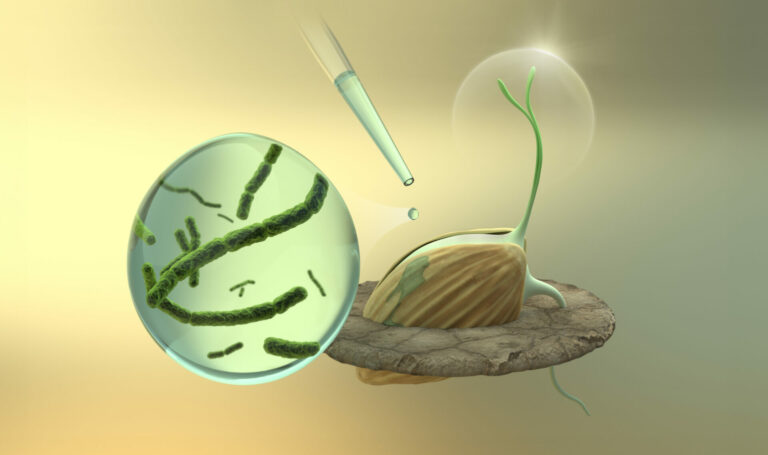
Plant Science
Targeting seed microbes to improve seed resilience
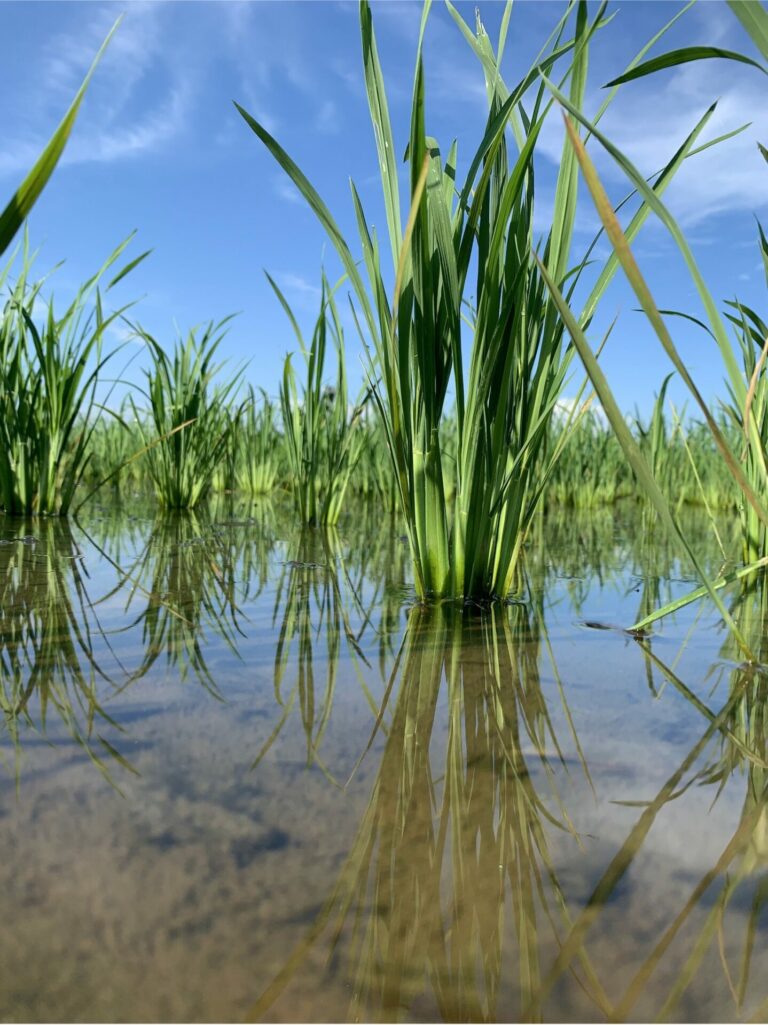
Bioengineering




